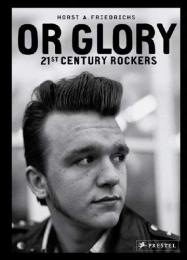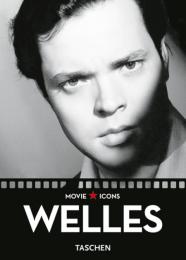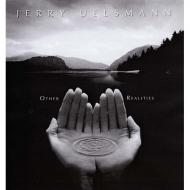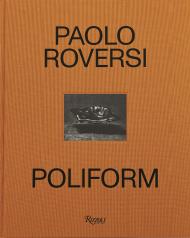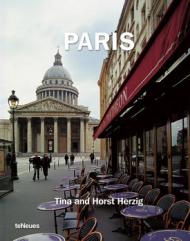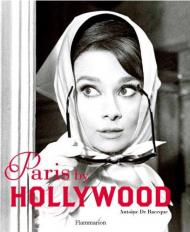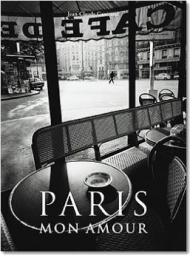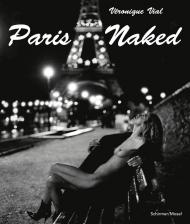Owning a yacht is the ultimate status symbol. Universally perceived as the exclusive domain of the rich and the famous, yachting is a decidedly rarified world. Arguably the most well-known private yacht of all time, the 325-foot (99-meter) Christina O, owned by Aristotle Onassis in the 1950s and 60s, was the playground for heads of state such as Winston Churchill and the Kennedys, opera diva Maria Callas, and Hollywood sweethearts such as Ava Gardner and Elizabeth Taylor. Pictured here along with the newly rebuilt Christina O are 20 other mega-yachts, including the newly completed and wildly colorful Guilty, designed by Jeff Koons for the art collector Dakis Joannou; Tom Perkins’ modern sailing yacht Maltese Falcon, the ultramodern sailing yacht Esense, and the refit classic Delphine.
The yachts pictured here are special for many reasons: because they are the fastest, or the most innovative, or the most technologically advanced, or because of their travels to exotic locations around the globe. Outrageous Yachts provides information about the yachts’ builders and designers, and tours each of the magnificent vessels — ranging in size from 138 to 424 feet (42 to 129 meters) — from stem to stern. This volume promises to be irresistible to anyone who has a yacht or dreams of owning one.
Notes:
Annual maintenance usually runs to 15 percent of the cost of a yacht
Today there are approximately 6,000 yachts that exceed 100 feet (31 meters) in the world
About the Authors:
Jill Bobrow is Editor in Chief of ShowBoats International, the world’s premiere luxury yacht publication. Previously, she was Founding Editor of Boat International USA magazine. She has co-authored more than a dozen books, including Classic Yacht Interiors and The World’s Most Extraordinary Yachts, and has cruised on many renowned yachts in countless locales around the world.
Kenny Wooton is Executive Editor of ShowBoats International. Formerly Editor in Chief of Yachting magazine, he has been a journalist for marine magazines for most of his career. A lifelong yachting enthusiast, his work has taken him to exotic yachting destinations all over the world.
Dana Jinkins is co-founder, art director, and principal photographer of Concepts Publishing Inc., which specializes in books on yachts and yachting destinations worldwide. Her photography appears regularly in international yachting, travel, and lifestyle magazines and books.
George Nicholson, chairman of Camper & Nicholsons International, the world’s oldest leisure marine company, is one of the most widely cruised and knowledgeable super-yachtsmen in the world.
